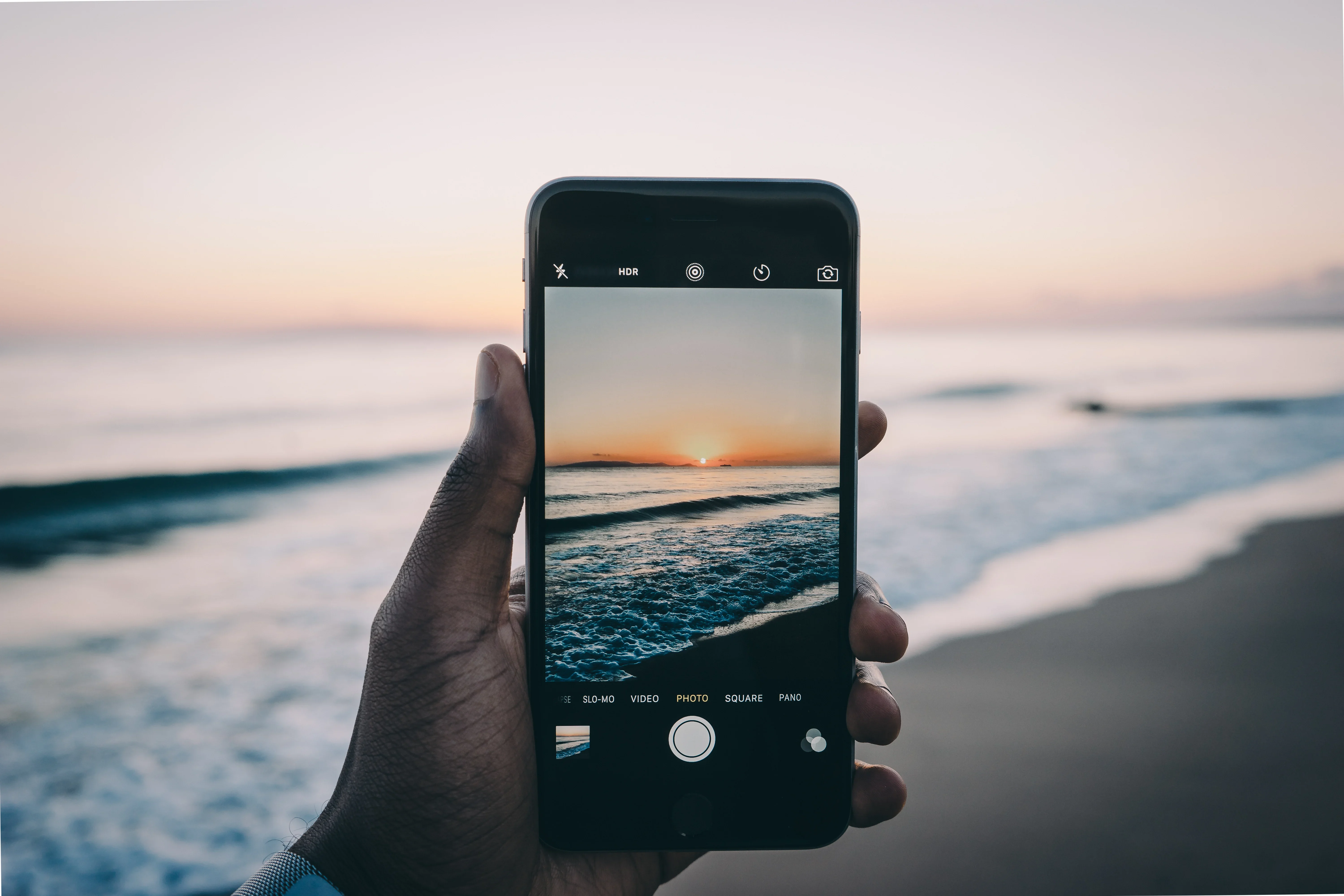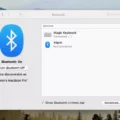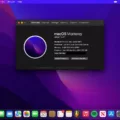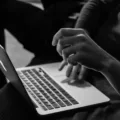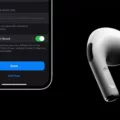Are you a proud owner of a Macbook Pro but frustrated by the automatic turn-on feature? Don’t worry, we have got you covered! In this blog post, we’ll discuss how to turn off the automatic turn-on feature in your Macbook Pro.
The automatic turn-on feature is a great way to make sure you never miss out on important updates or notifications sent to your Macbook Pro. However, sometimes it can be annoying and disruptive if it turns on at an inconvenient time. Fortunately, there is an easy way to disable this feature in your Macbook Pro.
First off, launch System Preferences from the Apple menu and then select Battery. You will see an option called “Wake for network access” with a pop-up menu next to it; choose “Never” from the list of options. If you’re using a Mac desktop computer instead of a laptop, open Energy Saver in the sidebar (you may need to scroll down) and then turn off “Wake for network access” on the right side of the window.
Now that you have successfully disabled this feature, keep in mind that your Macbook Pro can only be powered on by using the Power button located at the top-right corner of your keyboard. Unfortunately, there is no way to permanently disable this feature so make sure you remember how to do it each time your laptop needs rebooting!
We hope that this blog post has helped you understand how to disable the automatic turn-on feature in your Macbook Pro. If you have any further questions or concerns about this topic, feel free to reach out and we’ll be more than happy to help!
The Causes of Automatic Turn-On of MacBook Pro
Your MacBook Pro automatically turns on because you have enabled the Scheduled Startup or Wake feature. This feature allows you to set a specific time for your computer to turn itself on, such as when you need it in the morning or when you come home in the evening. To enable this feature, launch System Preferences from the Apple menu and click Battery. From there, select the “Schedule…” option and set the desired time for your MacBook Pro to turn itself on. Once enabled, your computer will automatically turn itself on at that specified time each day.
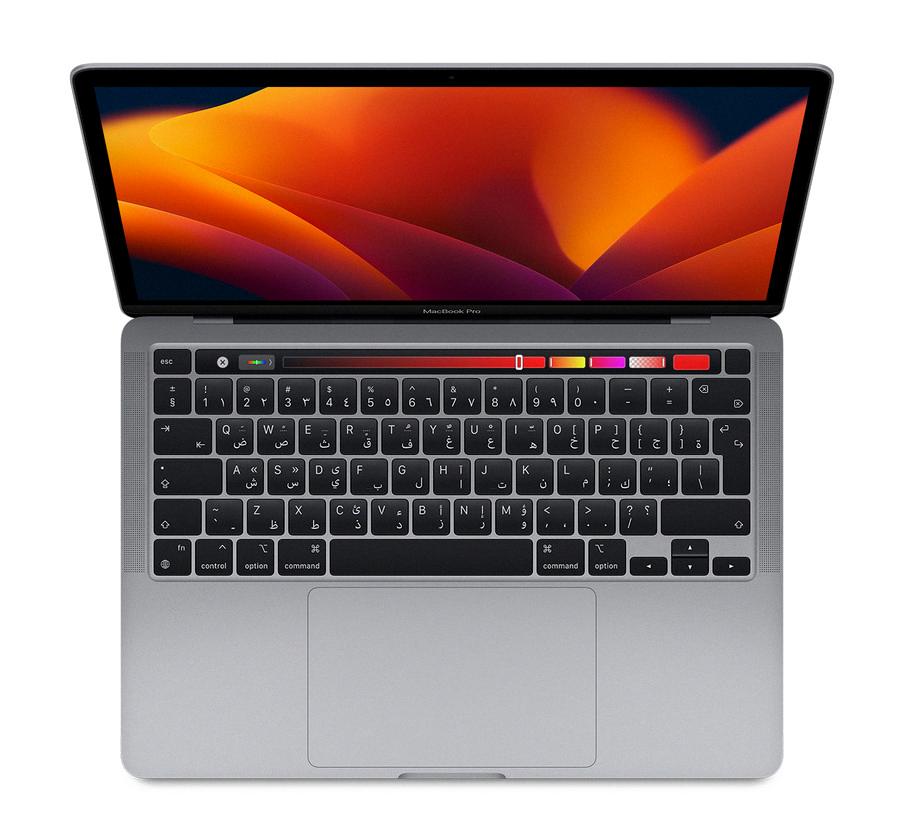
Source: apple.com
Preventing Auto Booting of MacBook Pro with M1 Processor
Unfortunately, the current version of macOS does not have the ability to turn off the auto-boot feature on M1 Chip MacBooks. However, you can still take certain steps to reduce the amount of time it takes for your Mac to boot. First, make sure that you have all the latest updates installed—this can help improve overall system performance and responsiveness. Additionally, if you’re using a wireless connection to connect to the internet, try turning off Wi-Fi when you know your Mac won’t be used for a while. This will help reduce power consumption and speed up boot times when it’s time to start using your computer again. Finally, if possible, try to keep any unnecessary applications from running in the background—this can also help reduce boot times significantly. We hope that Apple will soon add an option for disabling auto-boot on their M1 Chip Macs in a future update.
Preventing Mac From Turning On When Keyboard is Pressed
Unfortunately, it is not possible to disable the Power button on a Mac. However, you can make sure that your Mac does not power on when you press the keyboard by disabling the Power key in System Preferences. To do this, open System Preferences and select “Keyboard”. Under the Keyboard tab, uncheck the box next to “Use all F1, F2, etc. keys as standard function keys”. This will prevent your Mac from turning on when you press any of the keyboard keys.
Automatic Turning On of iMacs
There could be a few reasons why your iMac is turning on automatically. The first thing to check is if there are any settings in the Energy Saver preferences that are configured to wake the computer up for network access. If this setting is enabled, then your computer will wake up when it senses an incoming network request. Another possible reason is that you have an application or program running in the background that is set to start automatically when your system turns on. Finally, it could be a hardware issue such as a failing power supply or fan that requires attention.
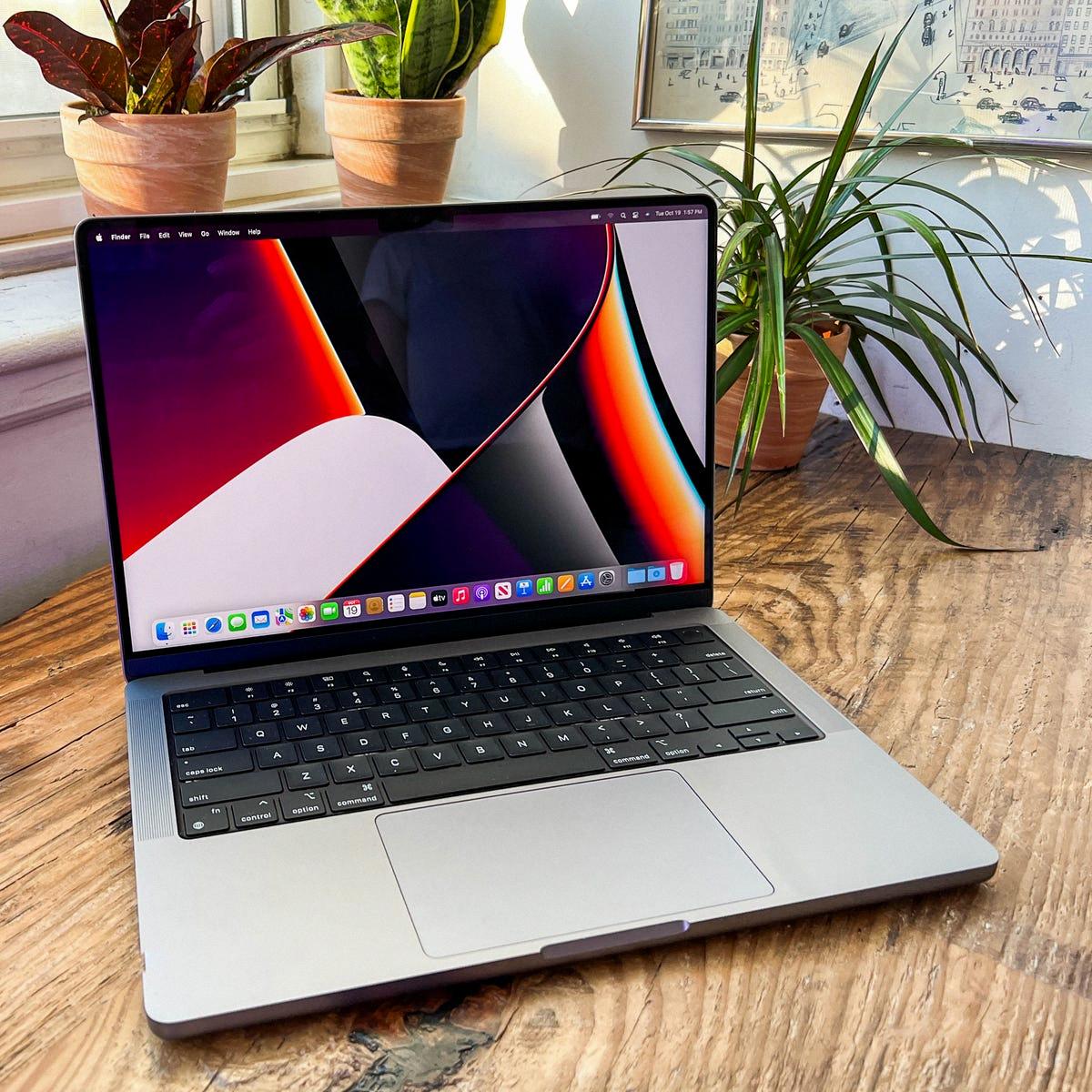
Source: cnet.com
Troubleshooting Macs That Shut Down Immediately After Being Turned On
It’s possible that your Mac is turning off as soon as you turn it on due to a hardware or software issue. Hardware issues may include a failing hard drive, power supply, or defective RAM. Software issues may include corrupted system files or outdated drivers. To diagnose the issue, try resetting the SMC (System Management Controller) and NVRAM (Non-Volatile Random Access Memory). If that doesn’t resolve the issue, try running Disk Utility to check for any errors on your hard drive. If all else fails, you may need to reinstall macOS from a bootable USB drive or take your Mac to an Apple Store for further assistance.
Preventing a Laptop from Turning On When Opening the Lid
To prevent your laptop from turning on when you open the lid, the first thing you should do is right-click on the battery icon in the system tray of the taskbar and then click Power Options to open the Power Options window. Then, in the left pane, click Choose what closing the lid does link. This will open a System Settings window. On this window, you’ll need to scroll down and locate the When I close the lid option. Click on it and select Do nothing from its drop-down menu. Once done, click Save changes to apply your settings and prevent your laptop from turning on when you open its lid.
Should You Power Down Your Mac Every Night?
It is generally not necessary to shut down your Mac every night, as long as it’s configured to use the sleep feature. However, there are some situations where it might be beneficial to do so. For example, if you’re going away on vacation for more than a week or two, shutting down your Mac can help save battery life and prevent any data corruption caused by a power outage while you’re away. Additionally, if you’re running intensive tasks such as video or photo editing that require a lot of CPU power, then shutting down your Mac each night can help reduce the wear and tear on its hardware components and extend its lifespan. Ultimately, the decision is yours depending on how often you use your Mac and what tasks you typically run.
Conclusion
In conclusion, the MacBook Pro is a powerful, reliable laptop that provides users with a great user experience. The sleek design and intuitive user interface make it easy to use for a variety of tasks. It also offers excellent battery life and performance, making it great for everyday use. Additionally, its advanced features such as the Retina display, Touch Bar, and Force Touch trackpad offer enhanced performance capabilities that are unmatched by other laptops in its class. Finally, the ability to schedule start-ups or wake-ups is a convenient feature that allows users to set their computers to turn on automatically at specific times. Despite not being able to disable this permanently on M1 Chip MacBooks yet, this feature can still be incredibly helpful when using the laptop with the lid closed.


